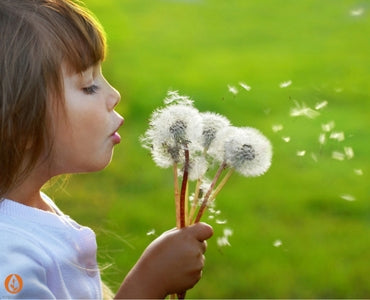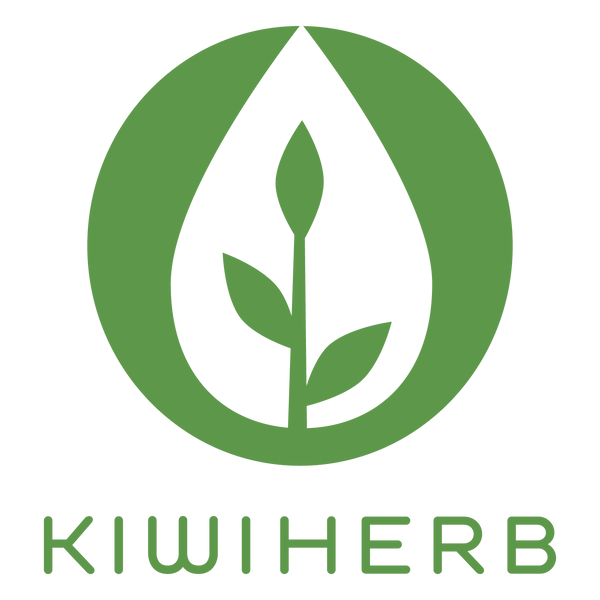
Tips & Hints for Easing Spring Hayfever
If the warm breezes and blossoms of Spring don’t make you dance inside, it’s probably because you are one of the many people who suffer from hayfever, otherwise known as seasonal allergic rhinitis. Instead of welcoming the warmer weather and promise of longer days, you might just be cringing and waiting for the first bout of watery eyes, the first drip of a stuffy nose, or the first telltale clearing of an itchy throat. Read on for some simple tips to make your spring and summer more joyous and less, well, less irritating!
Start before you get the first itch or sniffle! Prevention is always better than cure, and if you start some of the following measures early, you may be able to prevent or minimise your reactivity.
Herbal support can not only calm the reactive immune response to allergens, but provide speedy relief from hayfever symptoms. Echinacea root is an excellent herb for balancing the over-reactive immune response that triggers hayfever symptoms. People often find that after taking Echinacea all winter for reducing infection, they are less prone to hayfever come Spring. Starting Echinacea as early as possible will maximise the benefit, but it’s never too late to start.
The beauty of using herbal medicine for symptomatic relief is that it will not only reduce symptoms, but tone tissues as it does so, reducing future reactivity. Elderflower is a key herb for reducing nasal and sinus congestion, while Ribwort helps to reduce the production of mucus without drying the membranes that line the sinus cavities, eyes or nose. Ribwort is known as an anti inflammatory herb, reducing irritation and calming secretions. Peppermint is a key ally to aid in the ability to breathe through the nose & clear the airways and along with Elderflower & Ribwort are the key ingredients in De-Stuff and De-Stuff for Kids. Ah relief!
Supporting the stress response and the adrenal glands can also help to minimise reactivity. Herbs such as Withania and Lemon Balm can help to calm the nervous system and increase our ability to adapt to stress and are found in our StressCare®. B vitamins are also beneficial, especially vitamin B5.
Sinus rinsing: Use a simple saline rinse for a daily sinus flush. This not only helps to remove any pollen debris, but also the salt helps to tone the tissues in the nasal cavities to make them less irritated and vulnerable.
Some people find increasing vitamin C, bioflavanoids (especially quercetin), and omega-3 oils useful for reducing hayfever also. If you are low in zinc this may also have an impact on your susceptibility to hayfever.
Use a balm at the entrance of your nostrils to ‘catch’ some of the pollen on its way in. Natural balms that are also moisturising and healing are ideal, especially if tissues become raw and irritated from nose-blowing! Look for those with added tissue healers such as calendula and chamomile.
Reduce or avoid any reactive foods before and during pollen season. The biggest culprit here is dairy- many people who are reactive to dairy foods (milk, cheese etc) report a reduction in hayfever when they avoid or reduce their dairy intake.
Ensure your body is generally running efficiently by eating fresh wholefoods and minimising refined sugars and flours, preservatives, chemical additives, alcohol and trans fats. Drink plenty of water.
For more of a detailed discussion of how pollen triggers nasal congestion and itchy eyes and throat, please click here to read Supporting the Seasonal Allergen Response Naturally.
Start now! Whether you or your children suffer from hayfever, now is a great time to get some support and relief. All the recommendations above are also useful for littlies.
